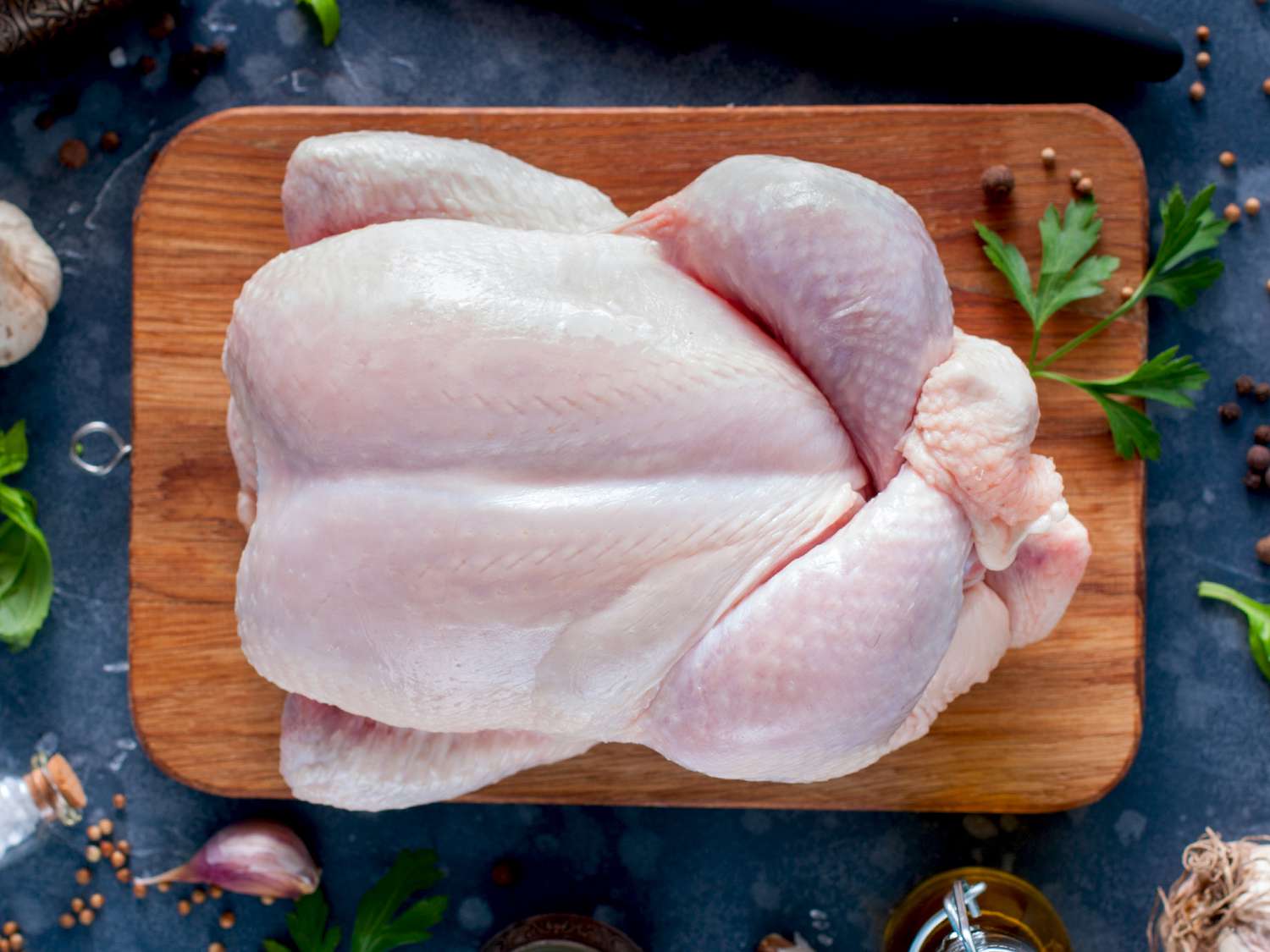

Articles
How To Store Turkey
Modified: February 28, 2024
Learn how to store turkey safely and effectively with our informative articles. Find expert tips and advice for preserving leftovers and maximizing freshness.
(Many of the links in this article redirect to a specific reviewed product. Your purchase of these products through affiliate links helps to generate commission for Storables.com, at no extra cost. Learn more)
Introduction
Welcome to the ultimate guide on how to store turkey! Whether you have leftovers from a holiday feast or want to prepare ahead of time for future meals, proper storage techniques are vital to maintain the quality and safety of your turkey.
Properly storing turkey is essential to prevent spoilage, maintain freshness, and avoid the growth of harmful bacteria. In this comprehensive article, we will explore the best methods for refrigerating and freezing turkey, as well as safe thawing techniques. We will also discuss recommended storage durations, tips to prevent cross-contamination, using proper storage containers, labeling and organizing, and reheating guidelines. By following these tips, you can ensure that your turkey remains delicious and safe to consume.
So, let’s dive in and discover the best practices for storing turkey!
Key Takeaways:
- Properly storing turkey is essential to maintain freshness and prevent bacterial growth. Use airtight containers, refrigerate promptly, and follow safe thawing methods to ensure delicious and safe-to-eat turkey.
- Prevent cross-contamination by storing turkey separately, using proper storage containers, and labeling and organizing stored turkey. Follow recommended storage durations and reheating guidelines for safe and delicious turkey consumption.
Read more: How To Store Turkey Bacon
Proper Refrigeration
When it comes to storing leftover cooked turkey in the refrigerator, it’s crucial to follow proper guidelines to maintain its quality and safety. Here are some key tips:
- Start by removing any stuffing from the turkey cavity. Stuffing retains heat and can promote bacterial growth if left inside the bird.
- Cut the turkey into smaller portions or slices. This allows for faster cooling and helps prevent the growth of bacteria.
- Place the turkey in shallow, airtight containers or wrap it tightly with aluminum foil or plastic wrap to minimize air exposure.
- Refrigerate the turkey within two hours of cooking. Bacteria can multiply rapidly at room temperature, so it’s crucial to store leftovers promptly.
- Set your refrigerator temperature to 40°F (4°C) or below. A colder temperature helps prevent bacterial growth.
Properly refrigerated turkey can typically stay fresh for up to four days. However, it’s always essential to rely on your senses to determine if the turkey is still safe to eat. If the turkey has an off smell, unusual texture, or shows signs of spoilage, it’s best to discard it.
Remember to handle refrigerated turkey with clean hands or utensils to prevent cross-contamination with other food. It’s also crucial to store turkey separately from raw meats and seafood to avoid potential contamination.
Next, let’s explore freezing techniques for turkey to extend its storage life.
Freezing Techniques
Freezing is a fantastic option for preserving turkey for an extended period. Whether you want to save leftovers or plan ahead for a future meal, here are some effective freezing techniques:
- Before freezing, ensure that the turkey has cooled down completely. Placing a hot or warm turkey in the freezer can raise the temperature inside and affect the quality of other frozen items.
- Wrap the turkey tightly in heavy-duty aluminum foil or plastic wrap. Alternatively, you can use freezer bags designed for long-term storage.
- Consider dividing the turkey into smaller portions, such as individual servings or sliced breast meat. This allows for easier thawing and ensures that you can use only what you need.
- Remove as much air as possible from the packaging to prevent freezer burn. You can use a vacuum sealer for this purpose or press out the air manually.
- Label the packaging with the date of freezing. This step is crucial to keep track of the turkey’s storage duration and ensure that you consume it within a reasonable timeframe.
- Place the wrapped turkey in the coldest part of your freezer, such as the back or bottom shelf. Maintaining a constant, freezing temperature of 0°F (-18°C) or below is essential for preserving the quality of frozen food.
Frozen turkey can be safely stored for up to four months without significant loss in quality. However, over time, the texture and flavor may deteriorate, so it’s best to consume it within the recommended storage duration.
When you are ready to thaw and use the frozen turkey, it’s essential to follow safe methods to prevent bacterial growth. Let’s explore the proper thawing techniques in the next section.
Safe Thawing Methods
Thawing frozen turkey properly is crucial to ensure that it remains safe to consume. Here are some safe thawing methods to consider:
- Refrigerator Thawing: This is the safest and most recommended method. Place the frozen turkey on a tray or pan to catch any drips, and allow it to thaw in the refrigerator. As a general guideline, allow approximately 24 hours of thawing time for every 4 to 5 pounds (1.8 to 2.3 kg) of turkey. This method ensures a slow, even thaw and minimizes the risk of bacterial growth.
- Cold Water Thawing: If you need to thaw the turkey more quickly, you can use the cold water method. Place the turkey in a watertight plastic bag and submerge it in cold water. Change the water every 30 minutes to maintain a cold temperature. Allow about 30 minutes of thawing time per pound (0.45 kg) of turkey. Remember to cook the turkey immediately after thawing using this method.
- Microwave Thawing: Some microwaves have a defrost function that can be used to thaw small portions of turkey. Follow the manufacturer’s instructions and be cautious to cook the turkey immediately after thawing as some parts may start to cook during the thawing process.
It’s essential to note that thawed turkey should never be refrozen unless it has been cooked. If you are using the refrigerator thawing method, you may refreeze the turkey if necessary before cooking, as long as it has not reached room temperature.
By following these safe thawing methods, you can ensure that your turkey thaws evenly and without compromising its quality and safety. Now, let’s explore the recommended storage duration for both refrigerated and frozen turkey.
Recommended Storage Duration
Understanding the recommended storage duration for both refrigerated and frozen turkey is essential for maintaining its quality and safety. Here are some guidelines to follow:
Refrigerated Turkey:
Properly refrigerated cooked turkey can generally stay fresh for up to four days. It’s crucial to refrigerate the turkey within two hours of cooking to prevent bacterial growth. However, it’s always important to rely on your senses to determine if the turkey is still safe to eat. If it has an off smell, unusual texture, or shows signs of spoilage, it’s best to discard it.
Frozen Turkey:
Frozen turkey can be safely stored for up to four months without significant loss in quality. However, while it may remain safe to eat for a more extended period, the texture and flavor may deteriorate over time. It’s best to consume frozen turkey within the recommended storage duration to ensure the best experience.
Remember to label the storage containers or packages with the date of freezing to keep track of the turkey’s storage duration. It’s also a good practice to use the oldest frozen turkey first to maintain freshness.
Now that we’ve covered the recommended storage durations, let’s explore some essential tips to prevent cross-contamination when storing turkey.
Store leftover turkey in an airtight container in the refrigerator for up to 3-4 days. For longer storage, wrap tightly and freeze for up to 3 months.
Read more: How To Store Fresh Turkey
Preventing Cross-Contamination
Preventing cross-contamination is vital when storing turkey to ensure the safety of other food items in your refrigerator or freezer. Here are some important tips to follow:
- Store the turkey in a separate container or wrap it tightly to prevent juices from dripping onto other foods. Raw poultry can contain harmful bacteria that can contaminate other items.
- Use separate cutting boards, knives, and utensils for raw and cooked turkey. This helps prevent the transfer of bacteria from raw turkey to cooked or ready-to-eat food.
- Be mindful of where you place the turkey in the refrigerator or freezer. Ideally, it should be stored on a bottom shelf or in a designated area to minimize the risk of cross-contamination.
- Keep raw turkey away from other raw meats and seafood. If storing multiple types of raw proteins, consider using separate containers or plastic bags to avoid any contact.
- Regularly clean and sanitize your refrigerator and freezer to eliminate any potential bacteria or cross-contamination. Wipe down surfaces and shelves with a mild bleach solution or a food-safe sanitizer.
By following these preventive measures, you can minimize the risk of cross-contamination and ensure the safety of your stored turkey and other food items. Next, let’s discuss the importance of using proper storage containers for turkey.
Using Proper Storage Containers
Using the right storage containers for turkey is essential to maintain its quality, prevent contamination, and maximize its shelf life. Here are some tips on choosing and using proper storage containers:
- Choose airtight containers that are made of food-safe materials such as glass, plastic, or stainless steel. These containers help seal in freshness and prevent air exposure, which can lead to freezer burn or spoilage.
- If using plastic containers, ensure they are BPA-free and specifically designed for freezer or food storage. Look for containers with tight-fitting lids to minimize air circulation.
- Consider using heavy-duty freezer bags or vacuum-sealed bags for portioning and storing smaller portions of turkey. These bags help remove excess air, reducing the risk of freezer burn.
- When storing sliced or portioned turkey, use freezer-safe parchment paper or plastic wrap to separate individual pieces. This makes it easier to thaw and use only the amount you need.
- Label each container or package with the contents and date of storage. This allows you to easily identify and track the turkey and ensures that you use the oldest portions first.
- For long-term storage, it’s beneficial to invest in stackable or space-saving containers that help optimize freezer space. This allows for better organization and easier access to your stored turkey.
By using proper storage containers, you can maintain the quality and freshness of your turkey while minimizing the risk of contamination or freezer burn. With the right containers, you can enjoy delicious turkey for an extended period. Next, let’s explore how labeling and organizing your stored turkey can further enhance your storage process.
Labeling and Organizing Stored Turkey
Labeling and organizing your stored turkey is essential for hassle-free retrieval and efficient use of your freezer or refrigerator space. Here are some tips to help you label and organize your stored turkey:
- Labeling: Use adhesive labels or waterproof markers to clearly indicate the contents and date of storage on each container or package. This helps you easily identify the turkey and determine its freshness.
- Organizing: Designate a specific section or shelf in your refrigerator or freezer for storing turkey. This allows for better organization and minimizes the chances of forgetting about stored turkey.
- Arrange by Date: Place the oldest stored turkey at the front of the designated section or shelf, and newer ones towards the back. This ensures that you use the oldest turkey first, minimizing food waste.
- Grouping: Consider grouping similar cuts or portions of turkey together. For example, separate whole turkeys from sliced breast meat or individual servings. This makes it easier to locate specific items when needed.
- Utilize Freezer Baskets or Bins: If you have a deep freezer or large storage space, consider using labeled baskets or bins to further organize and separate different types of turkey or other frozen food items.
- Keep an Inventory: Create a simple inventory list to keep track of the stored turkey and its quantities. This helps you plan meals and ensures that you use the turkey within the recommended storage duration.
By labeling and organizing your stored turkey, you can easily locate and utilize it when needed. It also prevents food waste by ensuring that you prioritize older turkey for consumption. Now, let’s move on to some valuable tips for reheating your stored turkey.
Tips for Reheating Stored Turkey
Reheating stored turkey properly is important to maintain its flavor, texture, and safety. Here are some tips to help you achieve deliciously reheated turkey:
- Oven Method: Preheat your oven to 325°F (163°C). Place the turkey in a baking dish and cover it loosely with aluminum foil. Reheat for about 15-20 minutes per pound (0.45 kg) or until the internal temperature reaches 165°F (74°C).
- Microwave Method: When using a microwave, place the turkey on a microwave-safe plate and cover it with a damp paper towel. Heat in short intervals, checking and stirring the turkey occasionally to ensure even reheating.
- Stovetop Method: For sliced turkey, consider reheating it on a stovetop in a skillet with a small amount of oil or butter. Heat on medium-low heat until the turkey is heated through.
- Steam Method: To prevent dryness, you can use a steamer basket or a double boiler to reheat turkey. This method helps retain moisture and ensures even heating.
- Sauce or Gravy: Adding a bit of sauce or gravy to the reheated turkey can help enhance its flavor and prevent dryness. Pour a small amount over the turkey before reheating or use it as a dip.
- Thermometer: Use a food thermometer to check the internal temperature of the reheated turkey. Ensure it reaches a minimum of 165°F (74°C) to ensure it is safe to eat.
Remember to refrigerate any leftover reheated turkey promptly and consume it within the recommended storage duration. Avoid reheating turkey multiple times to minimize the risk of bacterial growth and maintain its quality.
With these tips, you can enjoy reheated turkey that is both safe and delicious. Now, let’s wrap up this guide on storing turkey.
Read more: How To Store Ground Turkey
Conclusion
Storing turkey properly is key to maintaining its quality, flavor, and safety. By following the guidelines outlined in this comprehensive guide, you can ensure that your turkey remains delicious and safe to consume, whether you’re storing leftovers or preparing ahead for future meals.
Proper refrigeration and freezing techniques are essential for preserving the freshness of turkey. Refrigerate the turkey within two hours of cooking, and use airtight containers or tightly wrap it to minimize air exposure. When freezing, ensure the turkey has cooled down completely, and use proper packaging to prevent freezer burn.
Safe thawing methods, such as refrigerator thawing or cold water thawing, help prevent bacterial growth. Always follow recommended storage durations to maintain both quality and safety. Be sure to prevent cross-contamination by storing turkey separately from other foods and using separate utensils and cutting boards.
Using proper storage containers, labeling, and organizing your stored turkey will make retrieval easier and more convenient while minimizing food waste. When reheating stored turkey, use methods like oven, microwave, stovetop, or steam, and be sure to reach an internal temperature of 165°F (74°C).
By implementing these guidelines, you can enjoy your stored turkey while ensuring optimum freshness and safety. Remember to use your senses to determine if the turkey is still safe to eat and discard it if it shows signs of spoilage.
Now that you’re equipped with the knowledge of how to store turkey effectively, you can confidently store leftovers or plan ahead for delicious meals ahead of time. Happy storing and enjoy your turkey!
Frequently Asked Questions about How To Store Turkey
Was this page helpful?
At Storables.com, we guarantee accurate and reliable information. Our content, validated by Expert Board Contributors, is crafted following stringent Editorial Policies. We're committed to providing you with well-researched, expert-backed insights for all your informational needs.
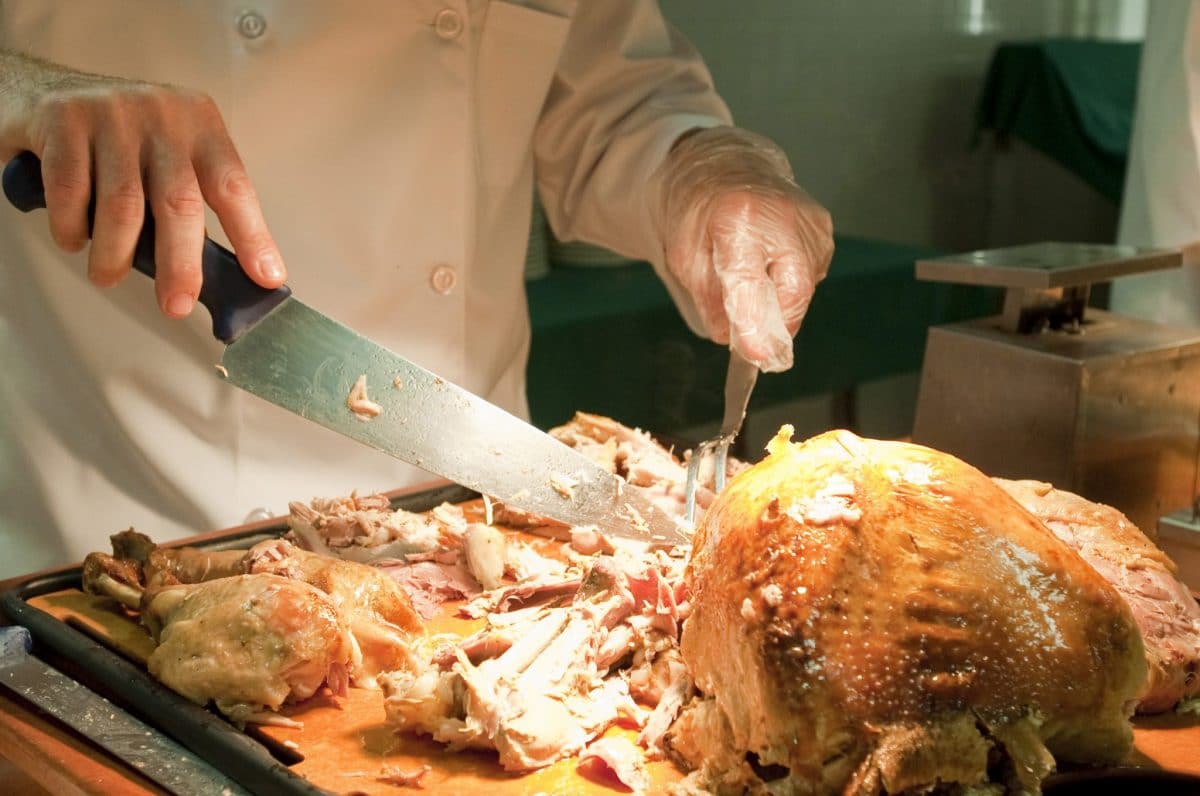
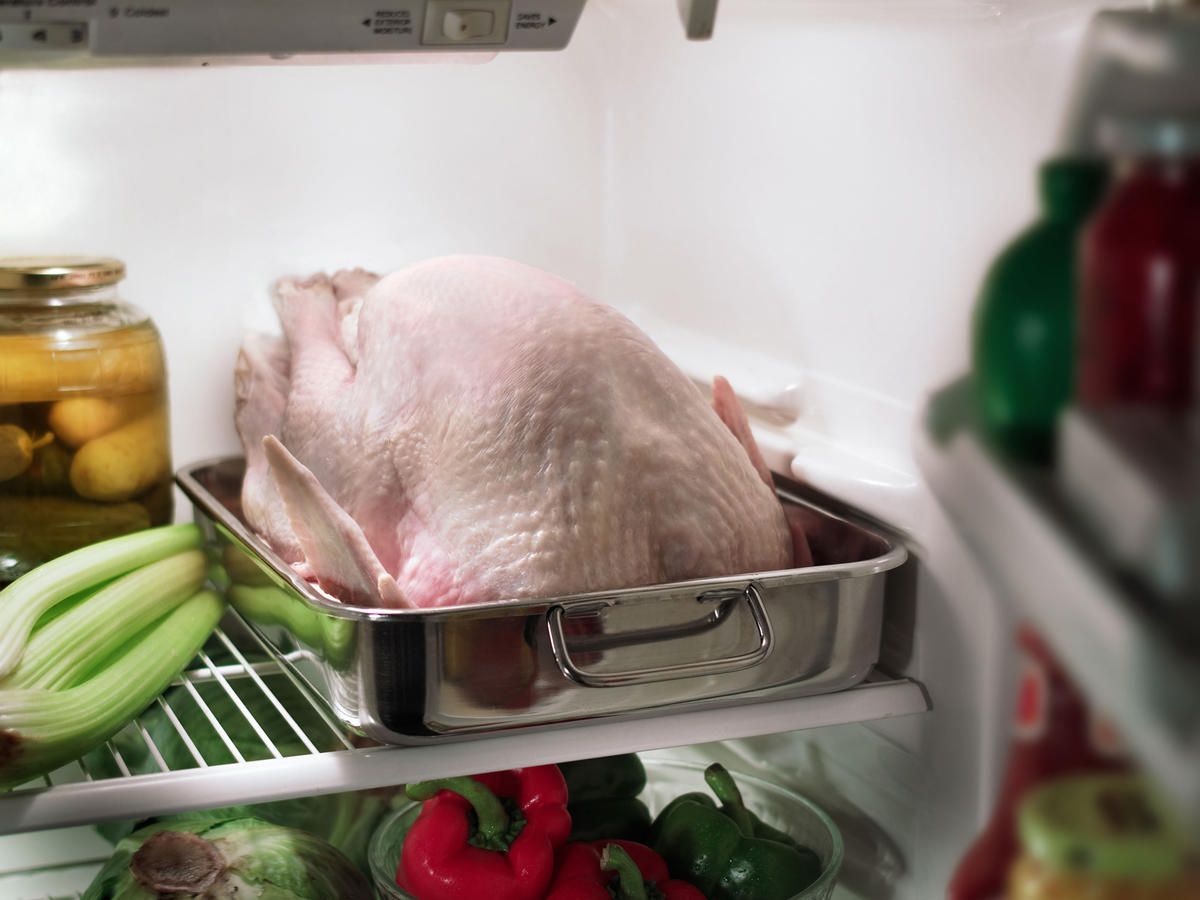


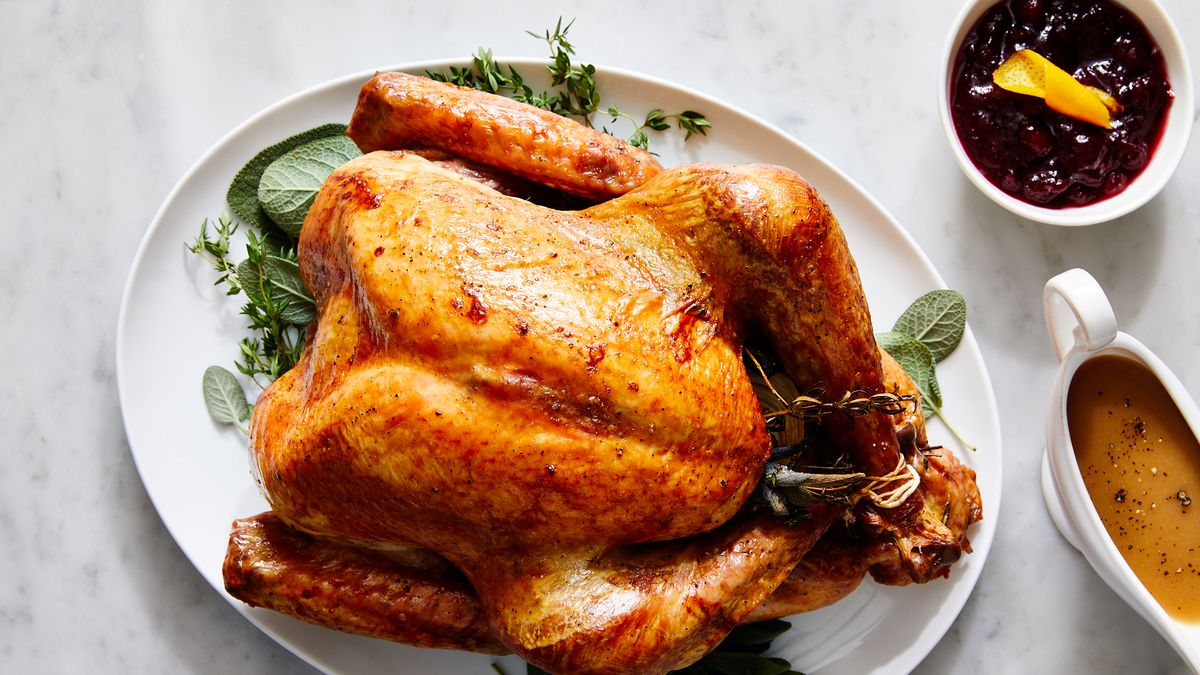

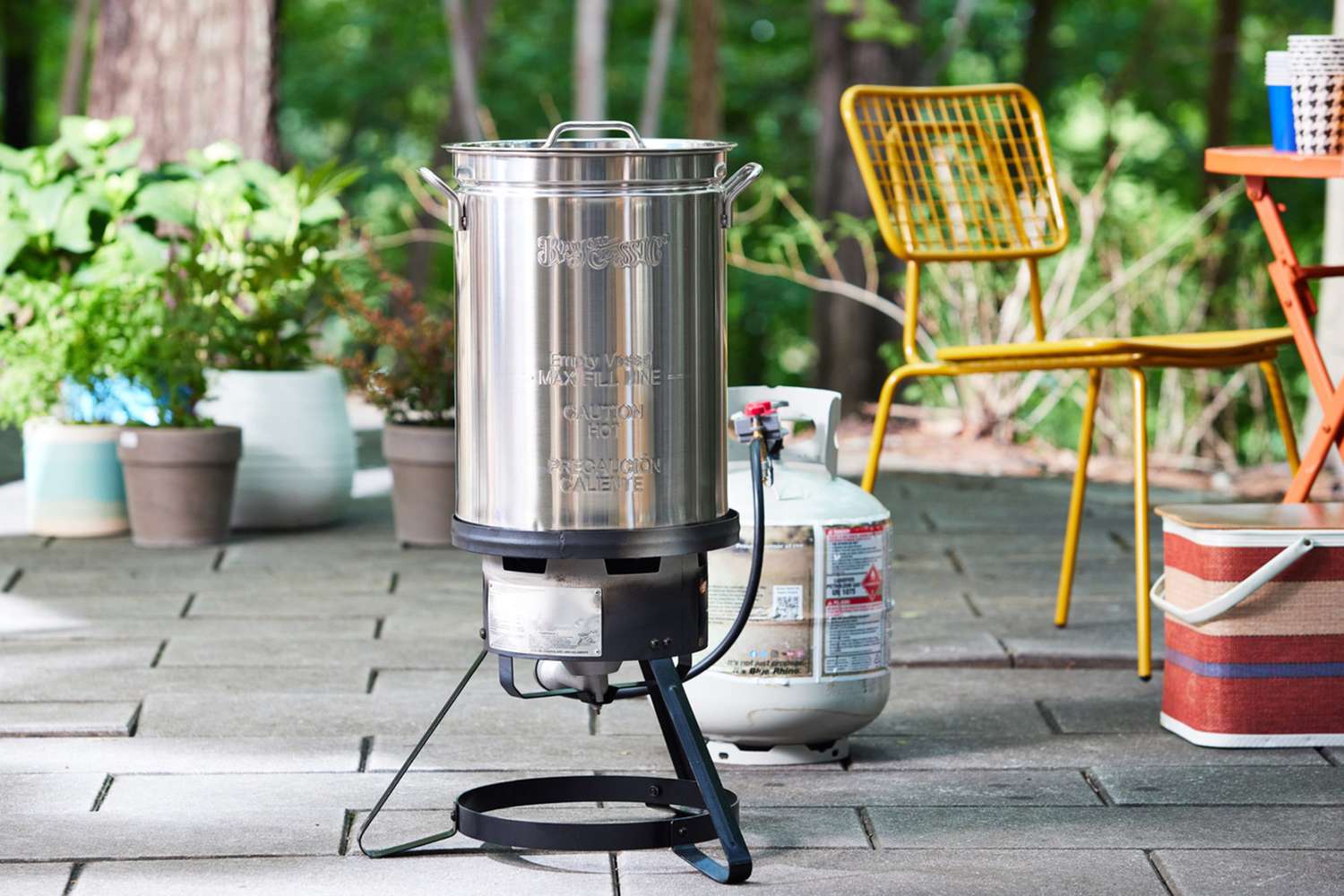
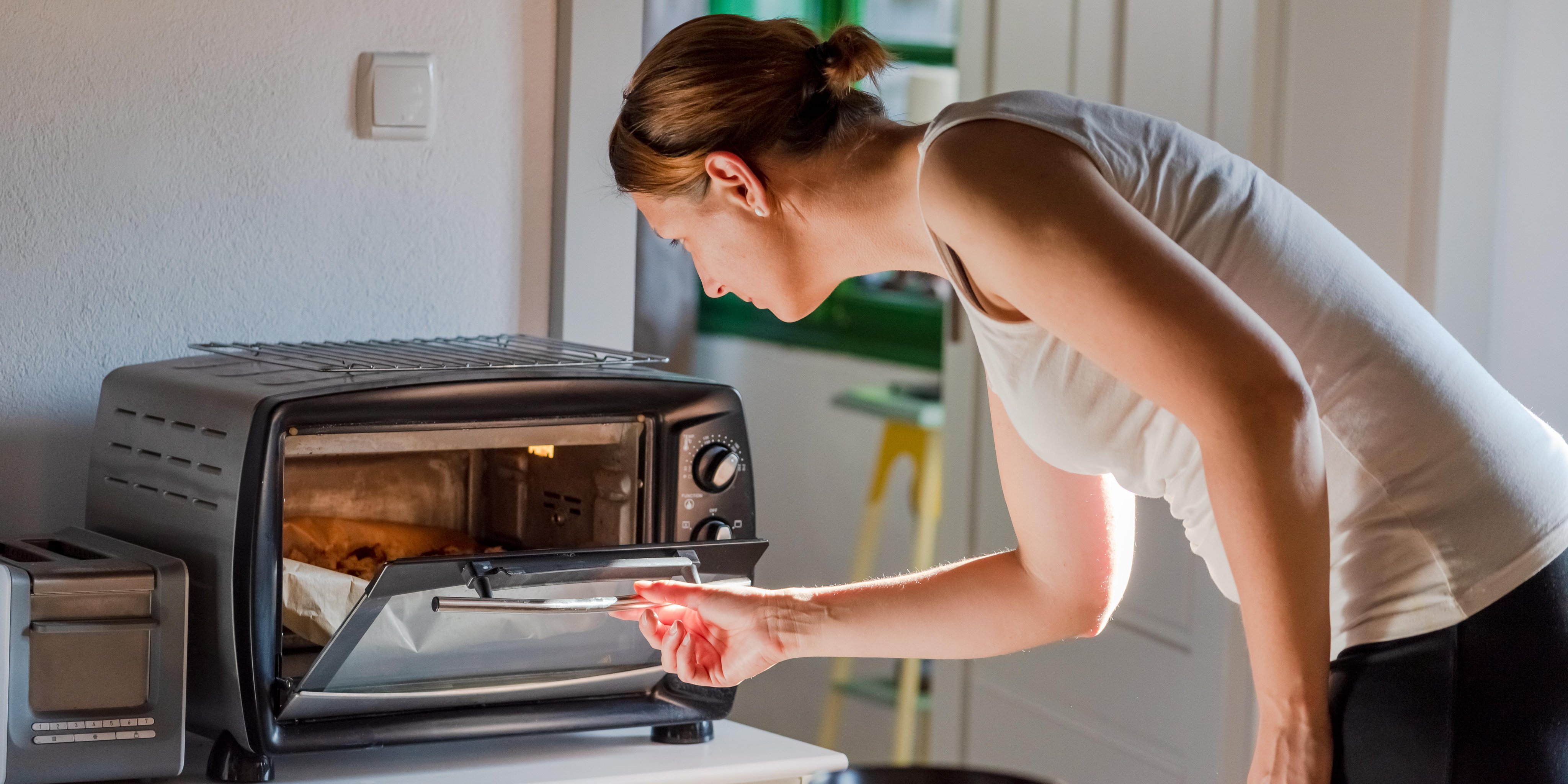
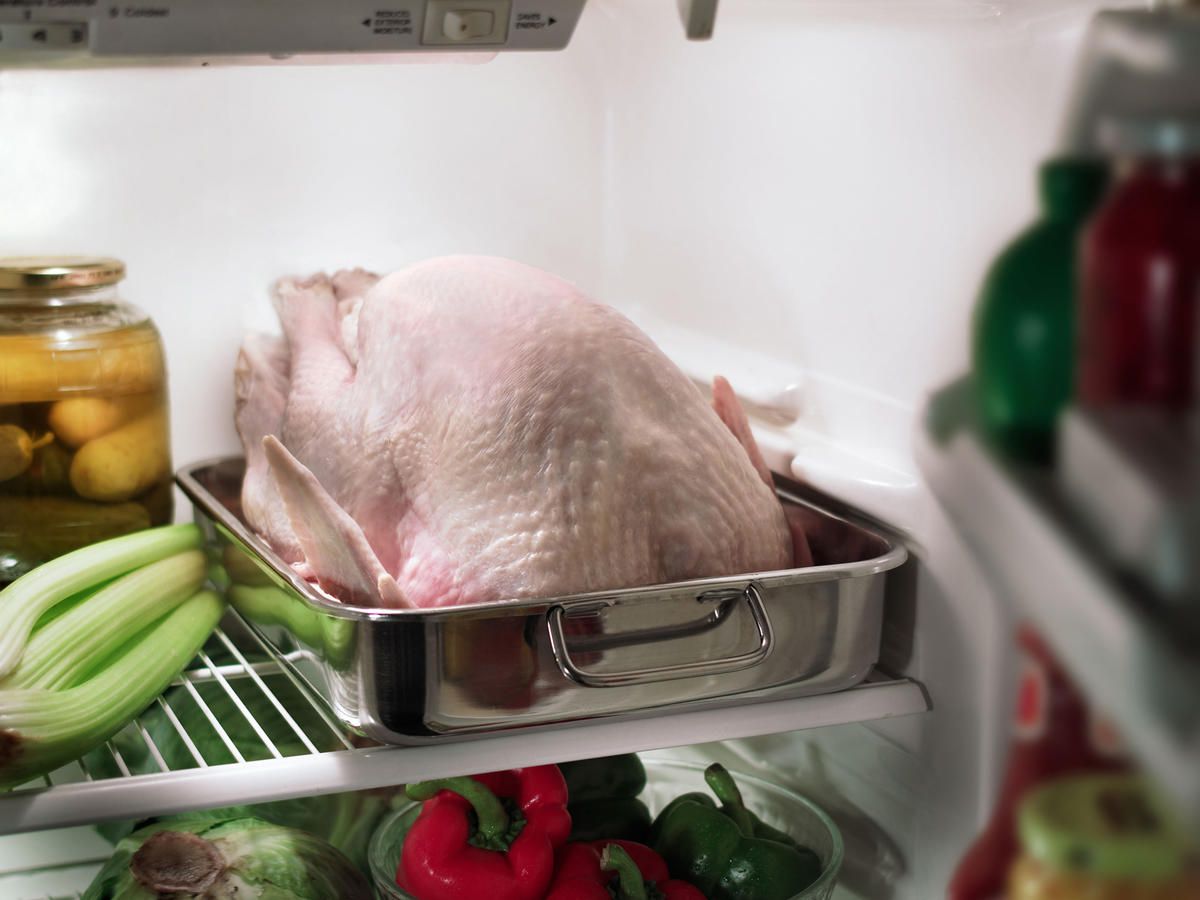


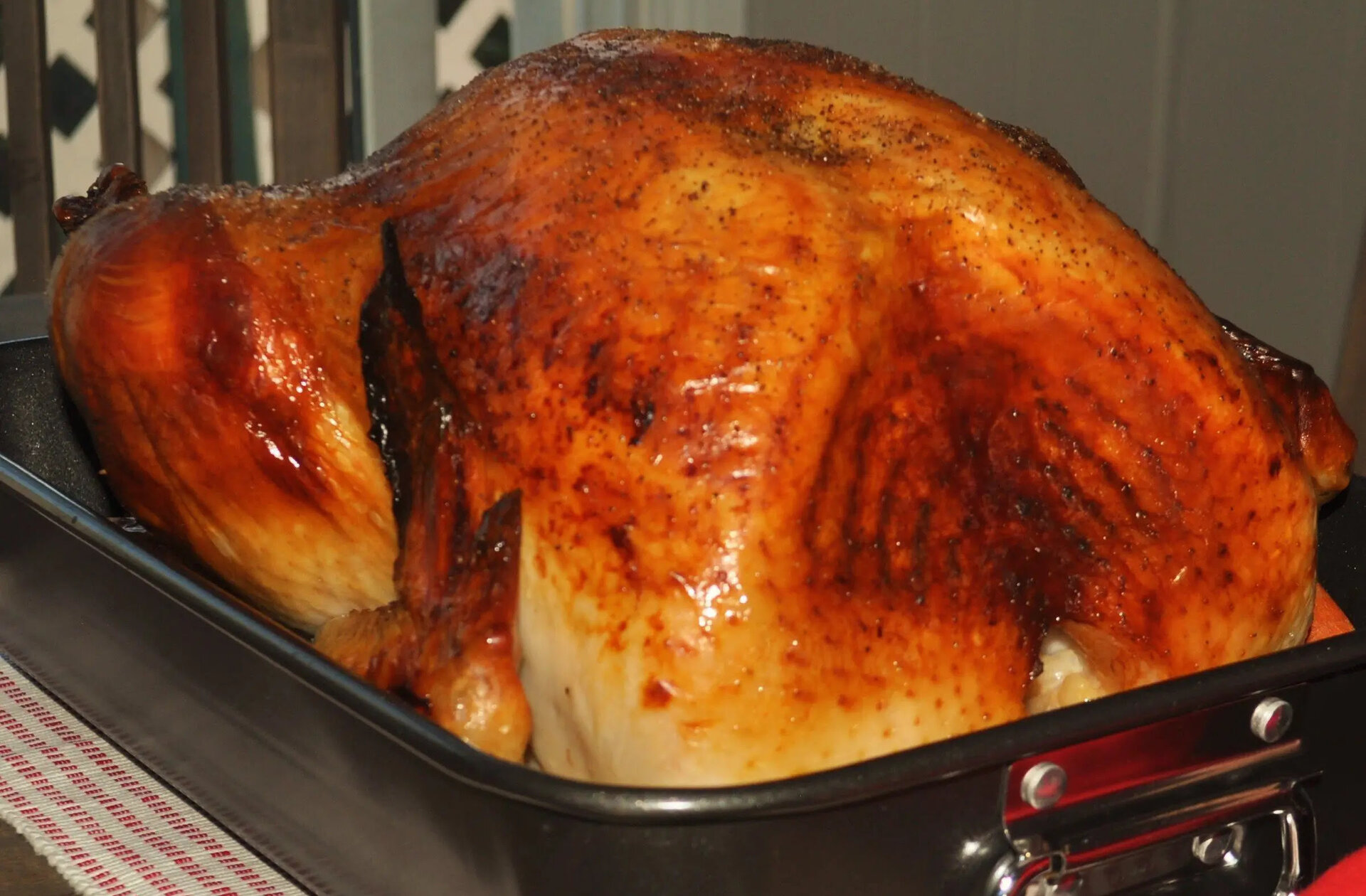
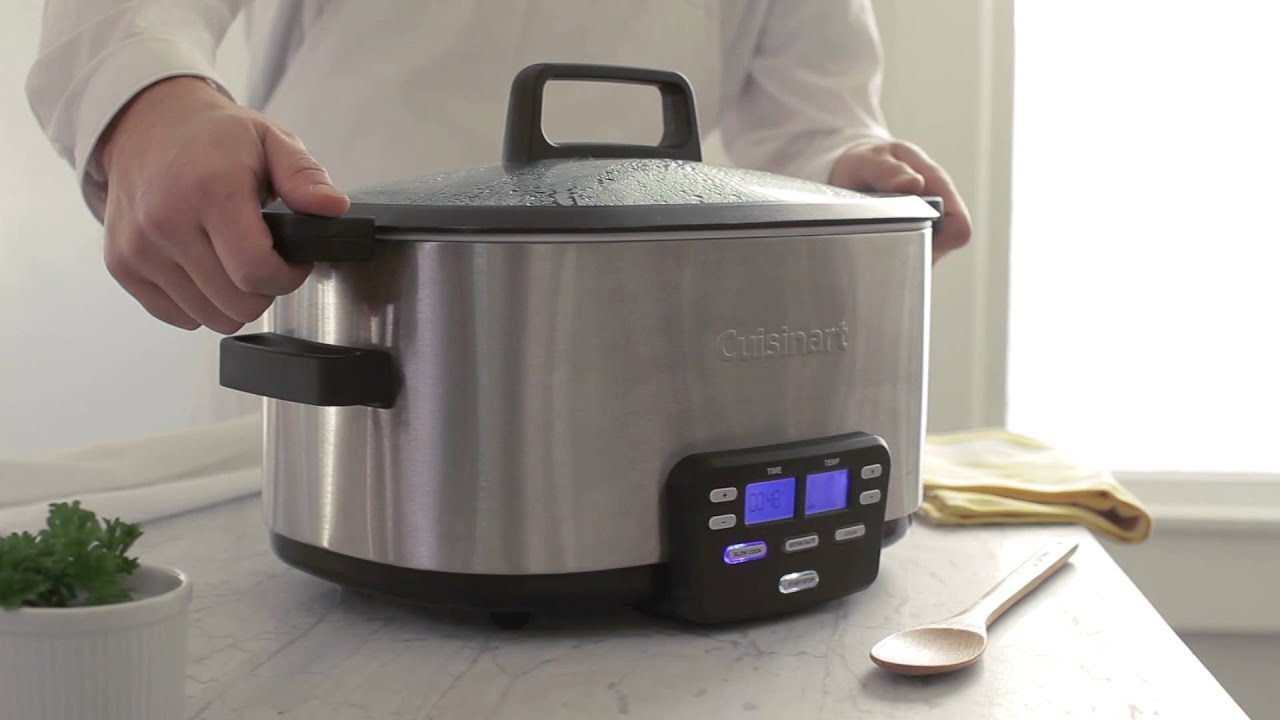

0 thoughts on “How To Store Turkey”